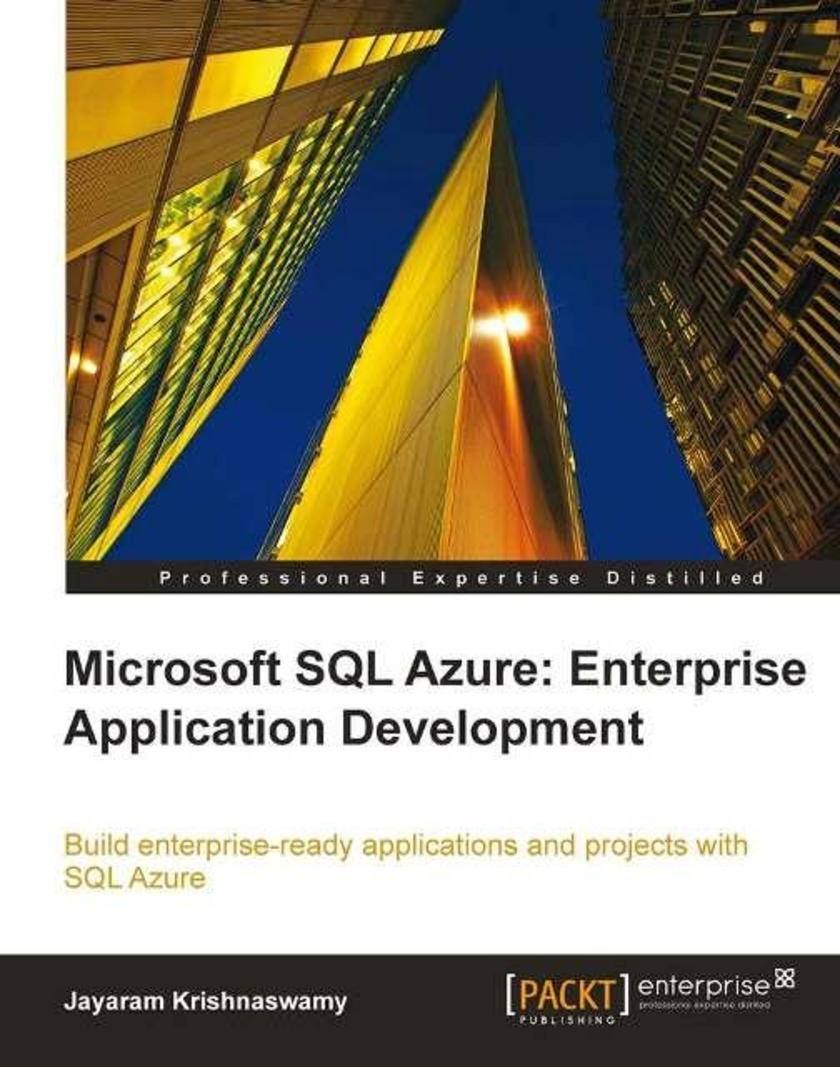
Microsoft SQL Azure: Enterprise Application Development
¥90.46
Each chapter starts with a general overview reviewing the software architecture related information or the underpinning programming concepts followed by an example of working with specific examples. This is then followed by a de*ion of the specific software used in the chapter. The topics that require you to write code are fully explained using annotations and the code is presented in both VB and C# (in most cases). If you are a .Net developer, an architect, or a DBA who wants to develop enterprise applications and projects and extend your on-site skills with SQL Azure, then this book is for you. This book does not assume experience in Windows Azure or SQL Azure, nor is a high level of competency in SQL Server or the .NET Framework and associated technology required. However, a basic understanding of Visual Studio, C#, VB, SQL Servers, XML, web and WCF is required. If you decide to work with SQL Azure, then this book will provide you with the most up to date and practical information.

JBoss AS 5 Performance Tuning
¥80.65
Packed with practical examples, this book looks at a different aspect of performance tuning in each chapter and shows the reader how to apply them to their existing Java applications. Written to version 5.1, this book also has information about the upcoming 6.0 release and how you can upgrade your existing applications. This book is for Java architects who design and configure Enterprise applications. It is great for Java developers who want to get into the inner details of the application server and of the correct tuning methodology. Application testers will also find this book useful as they will learn how to monitor the performance of the middleware with the correct instruments.

Ogre 3D 1.7 Beginner's Guide
¥80.65
This book is an example-driven introduction to OGRE 3D. Each example shows some new features and you learn step-by-step to create complex scenes with different effects using OGRE 3D. After several examples discussing one topic there is a do-it-yourself part where you will be challenged to solve problems on your own. If you have ever wanted to develop 3D applications with OGRE 3D, this example-driven book will enable you to do so. Understanding of C++ is needed to follow the examples in the book.
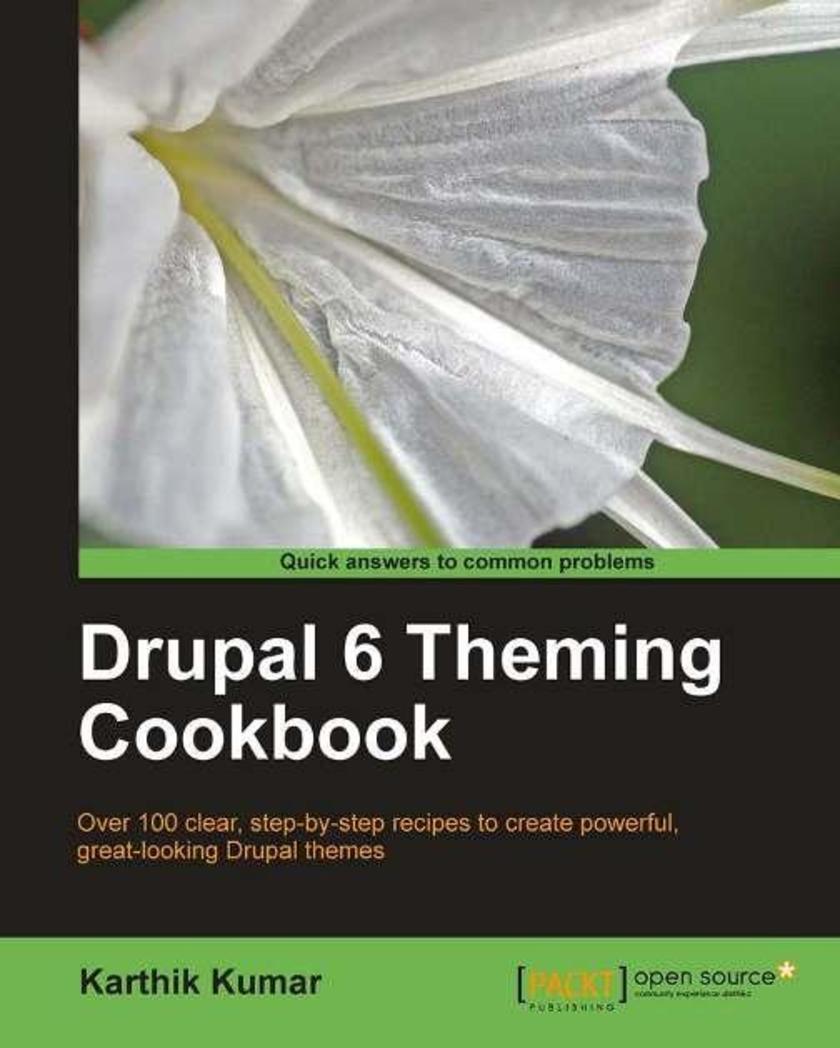
Drupal 6 Theming Cookbook
¥80.65
Written in cookbook style, this book offers solutions to all common theme design problems through recipes. Each recipe contains step-by-step instructions followed by the analysis of what was done in each task and other useful information. The book is designed so that you can read it chapter by chapter, or you can look at the list of recipes and refer to them in no particular order. This book is written for Drupal developers who want to refresh the look and feel of their sites. If you are a Drupal site administrator who is looking to go beyond the basics and customize the presentational aspects of your Drupal site, then this book is for you. It assumes that readers are familiar with rudimentary PHP and acquainted with Drupal installation and general usage. Readers are also expected to have knowledge of CSS and XHTML.

Moodle 1.9 Top Extensions Cookbook
¥80.65
The disorganised array of modules available for Moodle are brought together in ways you can relate to. Reviews include details that will help you decide if a module is worth testing. There are illustrated, step-by-step guides to installing and configuring modules. If you are involved in teaching using Moodle, be it at relatively small institutions running their own Moodle instance, or at large institutions where Moodle is used and administered, or you are an administrator of a Moodle instance who is looking for modules that will be useful to teachers and students at their institution, this book is meant for you.

XNA 4.0 Game Development by Example: Beginner's Guide
¥80.65
This book is a step-by-step tutorial that includes complete source code for all of the games covered. It adopts an engaging style to teach all the game development concepts. Each block of code is explained, and game development concepts are diagrammed and covered in detail. Each game begins with a concept de*ion and concludes with suggestions for expanding on the finished game. If you are an aspiring game developer who wants to take a shot at creating games for the Microsoft Windows platform with the XNA Framework, then this book is for you. Using this book, you can get started with creating games without any game development experience. A basic knowledge of C# would be helpful to kick-start your game development, but it's not essential.
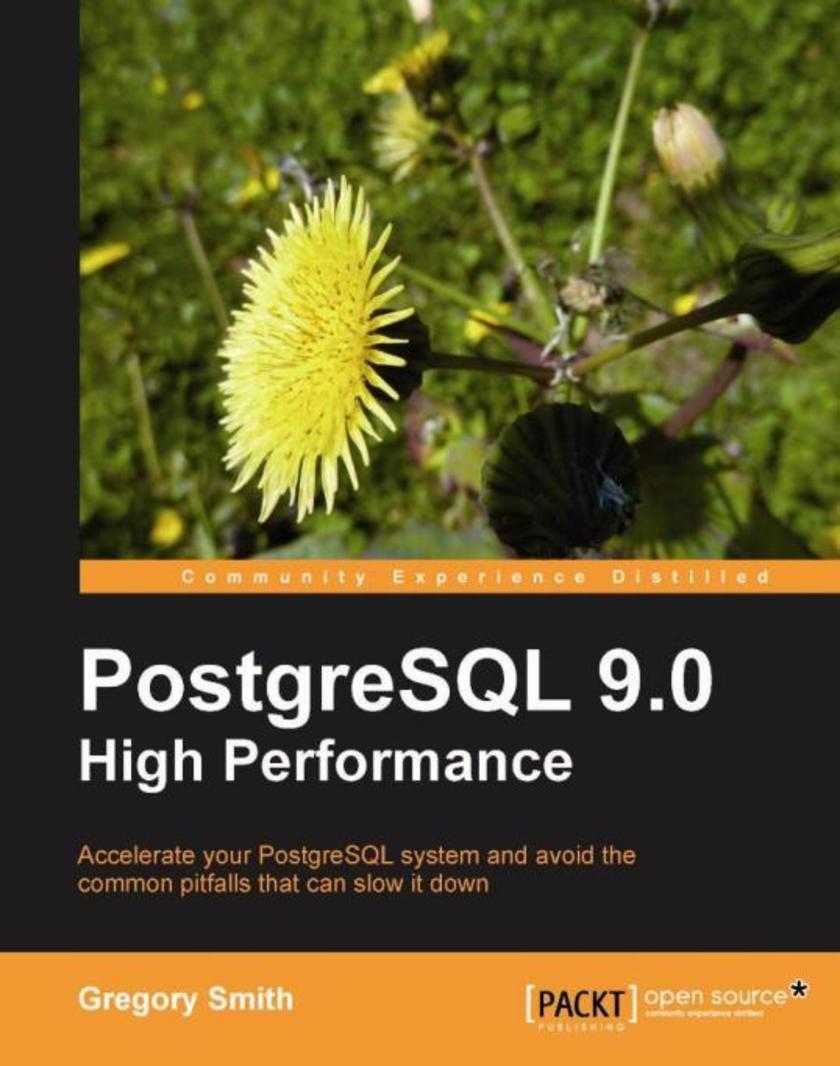
PostgreSQL 9.0 High Performance
¥90.46
Improving database performance requires an equal mix of understanding theoretical concepts and working through hands-on examples. You'll find both here. Many of the examples given will be immediately useful for monitoring and improving your PostgreSQL deployments, providing insight into hard-to-obtain information about your database. This book is aimed at intermediate to advanced database administrators using or planning to use PostgreSQL. Portions will also interest systems administrators looking to build or monitor a PostgreSQL installation, as well as developers interested in advanced database internals that impact application design.
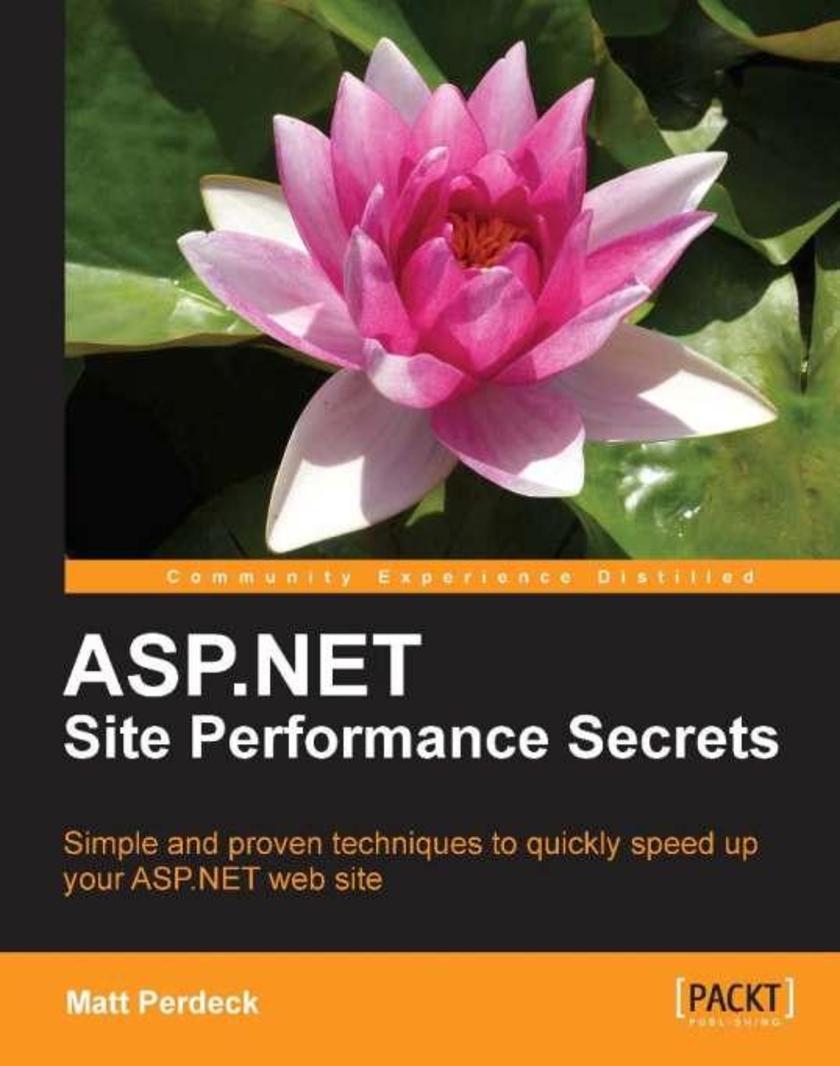
ASP.NET Site Performance Secrets
¥107.90
Written in a practical and clear conversational style, this book is filled with real-life website performance scenarios. It is replete with lots of working code samples and practical advice, and just the right amount of theory you need to make sense of it all. This book is written for ASP.NET/SQL Server-based website developers who want to speed up their site using simple, proven tactics without going through a lot of unnecessary theoretical learning. If your website isn't performing well, this is the ideal book for you.
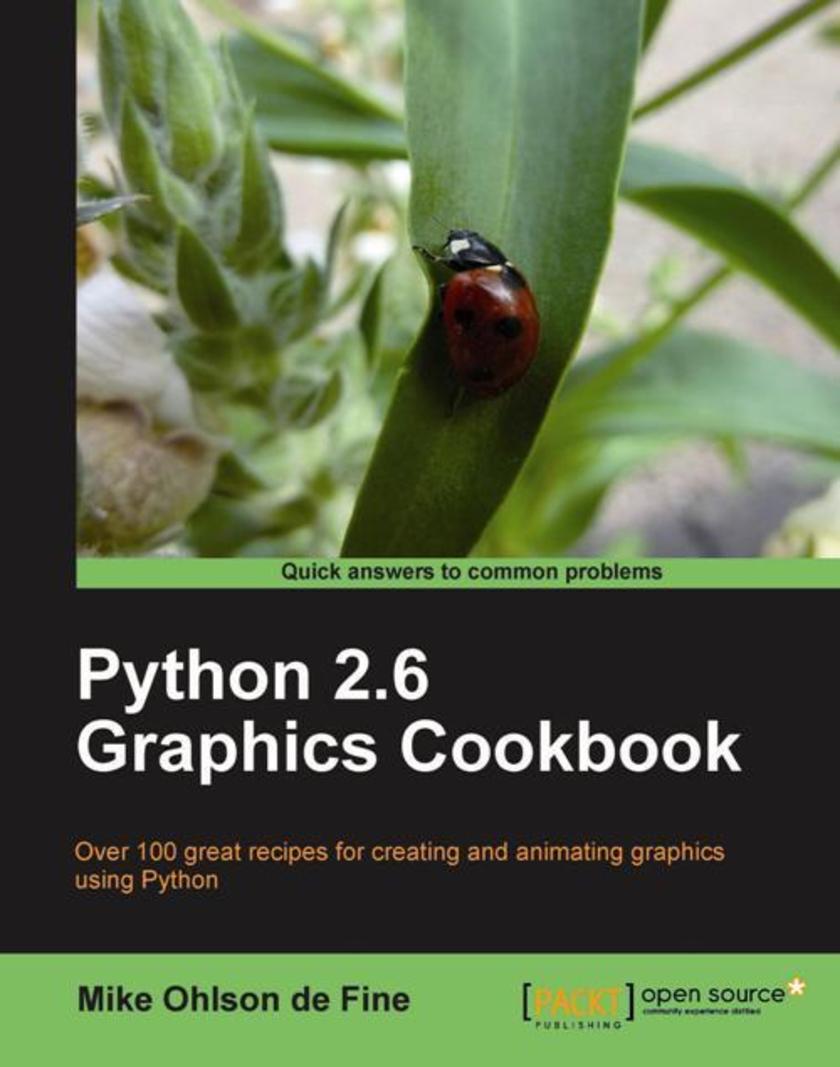
Python 2.6 Graphics Cookbook
¥80.65
This book has recipes that show enthusiastic users how easy graphic programming can be. Simple explanations in plain English are used. The recipes are built up, in each chapter, starting as simply as possible and moving to more complex programs with which you can comfortably create 2D vector graphics and animations. You will learn how to combine both vector and photo images seamlessly! If you are looking to create animated graphics to represent real-world scenarios then this book is for you. Teachers, scholars, students, and engineers who know it is possible to make fascinating models and demonstrations but have not found a handbook that pulls it all together in one place will find what they need in this recipe bank. Basic knowledge of Python programming is required and access to the Web and Google will be useful.
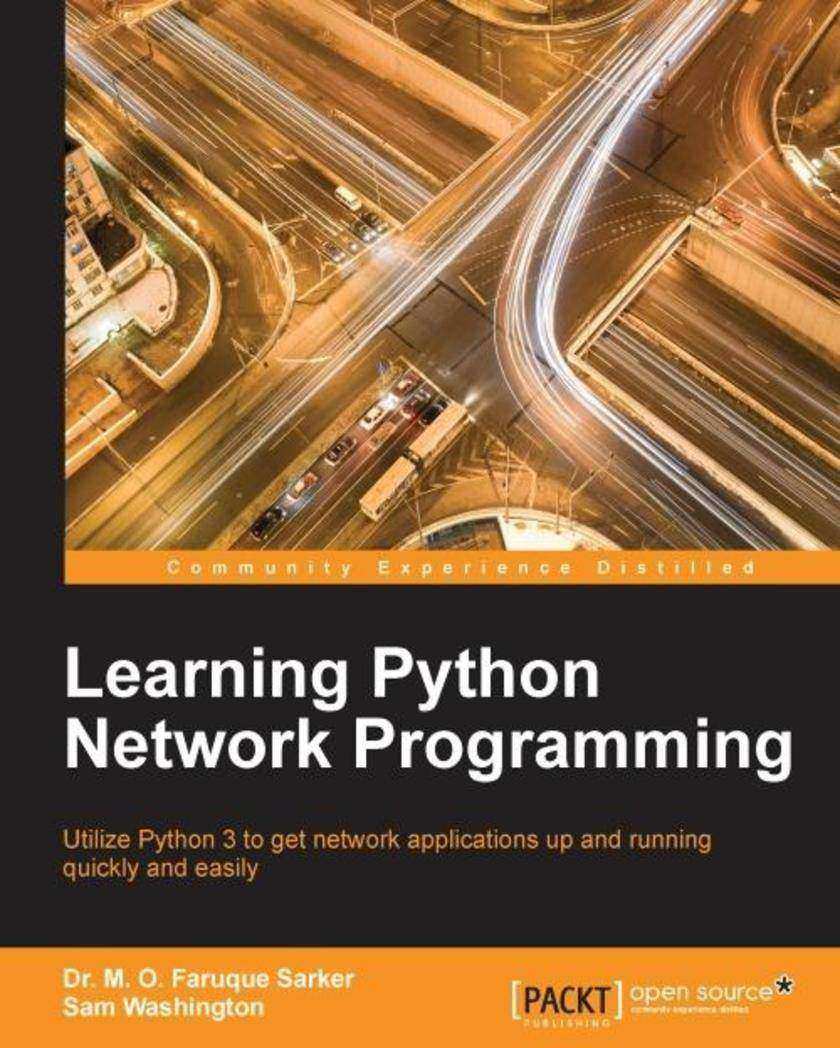
Learning Python Network Programming
¥90.46
If you're a Python developer or a system administrator with Python experience and you're looking to take your first steps in network programming, then this book is for you. Basic knowledge of Python is assumed.

Plone 3.3 Site Administration
¥71.93
This book is a step-by-step tutorial guide, explaining many common and fundamentally important Plone site administration tasks. This book is designed for site administrators, webmasters, or content editors managing a site with Plone. These users will not be new to Plone itself, but they will be new to the site administration tasks. The reader is also expected to know basic Python programming. This book caters to these users, and builds their confidence by helping them to get their Plone sites up, running, and customized with minimal peripheral knowledge.

Moodle 1.9 Extension Development
¥90.46
The author’s experience as a Moodle developer enables him to combine a simple, de*ive how-to approach with enthusiastic insights into the rich potential of customizing Moodle according to your needs. The chapters gradually build up your skills and by the end of the book you will be confident enough to customize Moodle on your own. This book is written for technologists who are interested in expanding Moodle's functions through programming, either for their own organizations or to contribute to the open source project. You should be familiar with Moodle's basic technologies: PHP, MySQL ,and HTML/CSS.

Getting started with Audacity 1.3
¥71.93
Conversational and practical, this book is full of real life examples of where and how you would use the Audacity software. Not only does it give you task-based step-by-step instructions from installation to advanced audio editing techniques, it caters to the beginner to familiarize them with all the jargon, suggests recording equipment, it walks them through a simple sample project showing off everything Audacity can do. If you are new to audio recording and editing, and particularly using the Audacity software, this book is for you. It explains everything from common audio industry terms and software basics. Technical sound engineering details and jargon are omitted to keep the book friendly and easy to understand.

CMS Made Simple 1.6: Beginner's Guide
¥80.65
This is a practical, hands-on book based around a case study website, which you will build in this easy-to-understand workshop by using CMS Made Simple. The case study grows chapter by chapter, from CMS installation to the finished website. It provides clear instructions and detailed screenshots, so you can see exactly what to do at each step of the build. When you have completed the case study, you will have the knowledge and confidence to build a website with rich functionality and individual design that is optimized for search engines and can be handed over to the customer. This book is perfect for newcomers as well as webmasters who are looking for an introduction to building powerful and professional websites with a content management system. Basic knowledge of HTML and CSS is the only requirement. The workshop covers all aspects of web publishing and is aimed for web designers, web developers, editors, and web managers.
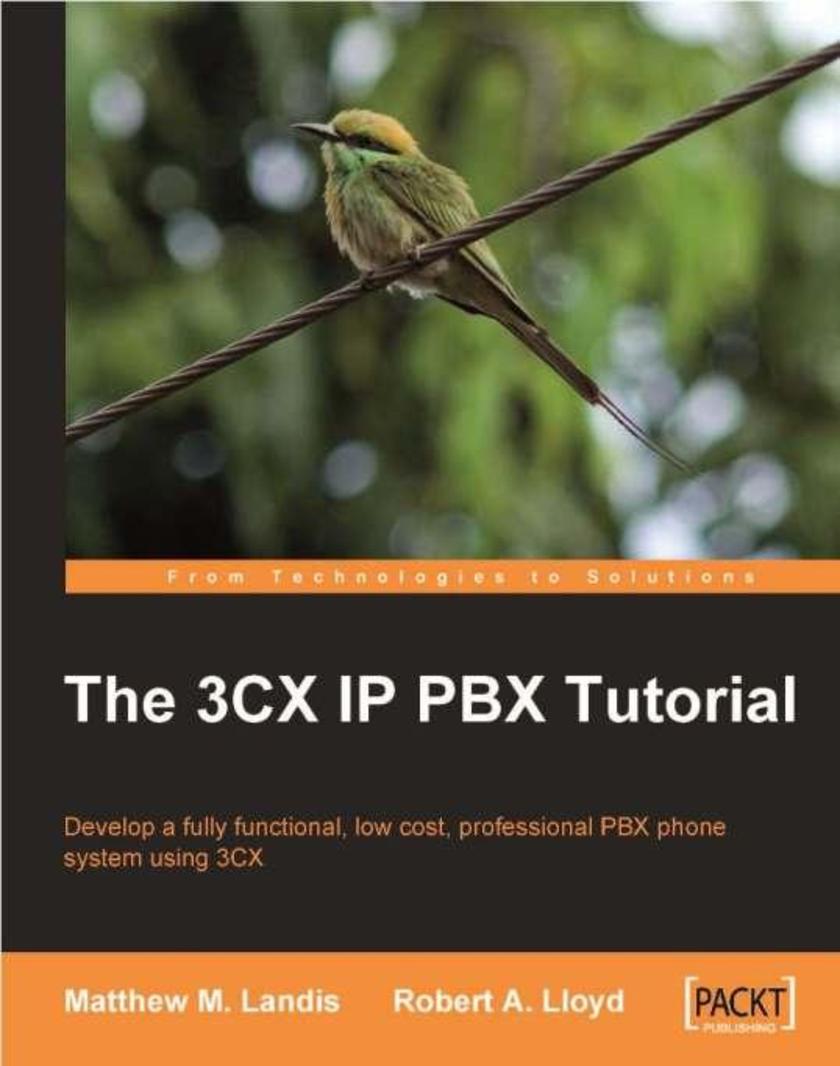
The 3CX IP PBX Tutorial
¥71.93
A hands-on and practical tutorial that shows administrators how to implement and use 3CX and its range of functionality. Using real world experiences from the authors, you will learn tricks and tips that will help you develop and optimize your 3CX system. This book is for beginners who know nothing about 3CX or VoIP. It will guide them to set up a complete system. Advanced users will also gain insight from information on real-world hardware and software tips and tricks.
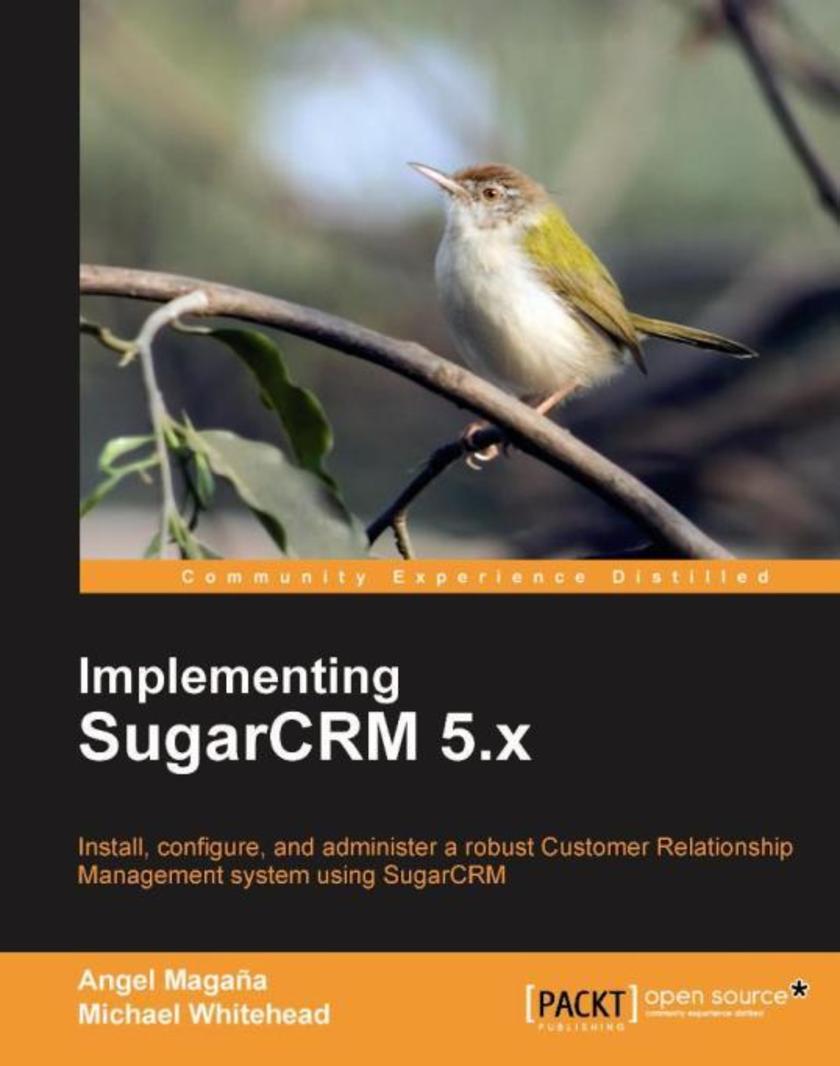
Implementing SugarCRM 5.x
¥90.46
The book works from the SugarCRM basics right up to advanced features in a clear and friendly way. It follows a combination of theoretical discussions relating to varying business needs and the manner in which CRM technology can address them. By helping you clarify your business goals the book enables you to build a CRM system to support your business needs. If you are a small-medium business owner/manager with reasonable IT skills, a system implementer, or a system administrator who wants to implement SugarCRM for yourself either as a first CRM or as a replacement for existing solutions, this book is for you. Existing SugarCRM users who want to broaden their understanding of the topic will find this book valuable too. No programming knowledge is required to use this book to implement, customize, and use SugarCRM.
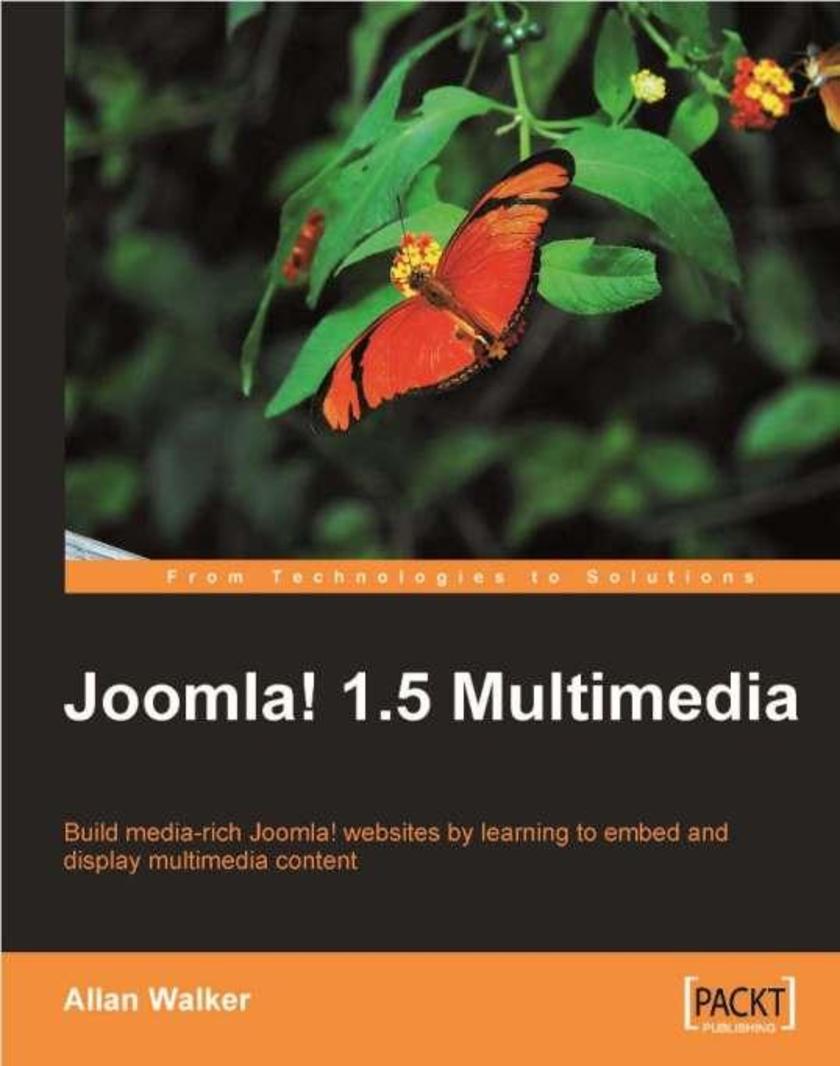
Joomla! 1.5 Multimedia
¥80.65
This book is a Joomla! tutorial packed with features that you can apply to enhance your Joomla! web site. It contains step-by-step instructions for Joomla! users to build rich multimedia web sites using Joomla!. It shows you how to manually implement features into your site, as well as utilize Extensions and more automated methods. A tutorial approach means you can follow this book chapter by chapter or just dip into the topics you find of interest. This book is aimed at Joomla! administrators and site developers who want to add media-rich content elements and interactive features to their site. All you need is to have a basic knowledge of the Joomla! platform and want to develop your site with rich media content. This book is a must-read for Joomla! users wanting to collaborate with external resources such as YouTube, Twitter, Google, and Flickr (amongst others).
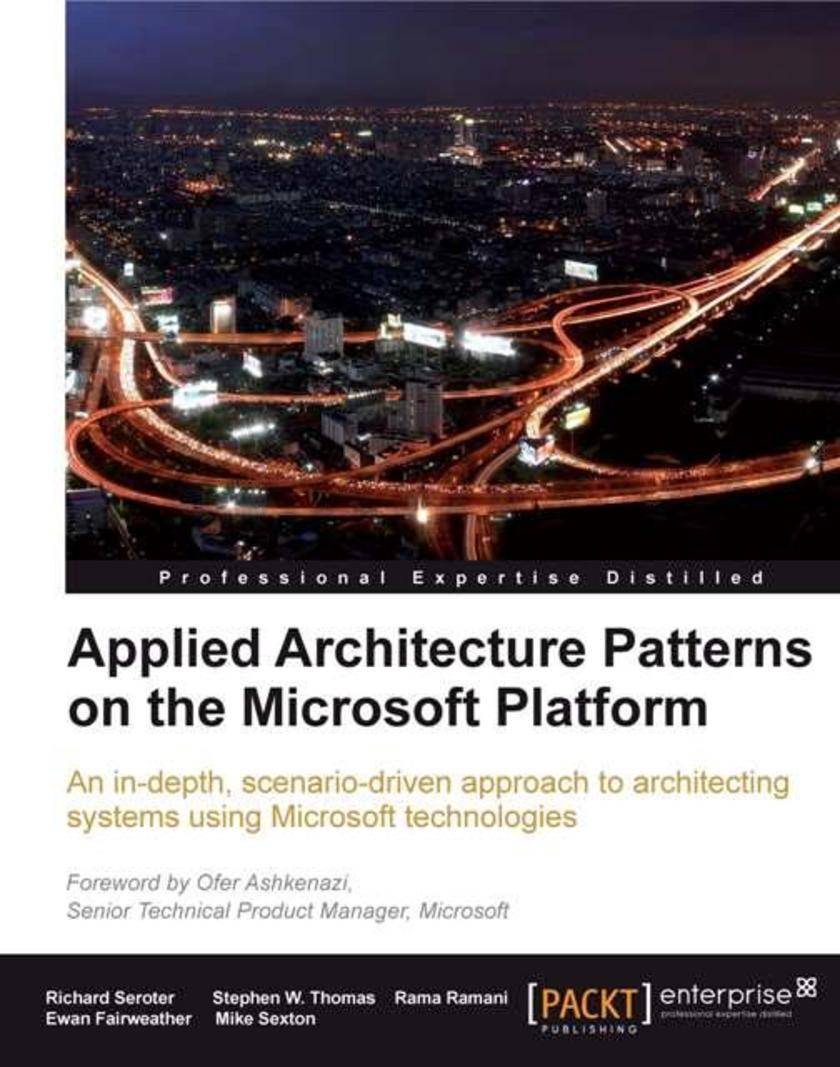
Applied Architecture Patterns on the Microsoft Platform
¥107.90
The book consists of a set of business scenarios and corresponding solution critiques. Each "use case" chapter is made up of a problem de*ion, assessment of implementation options, and the selection of the ideal solution candidate. We then construct the solution using the chosen Microsoft technology. This book is for architects, developers, and managers who need to improve their knowledge of the Microsoft application platform. This book will appeal to anyone who wants to get up to speed on selecting the most appropriate platform for a particular problem. Consultants and executive leadership will also find significant value in this book. A good understanding of the general Windows platform and development technologies would be helpful.
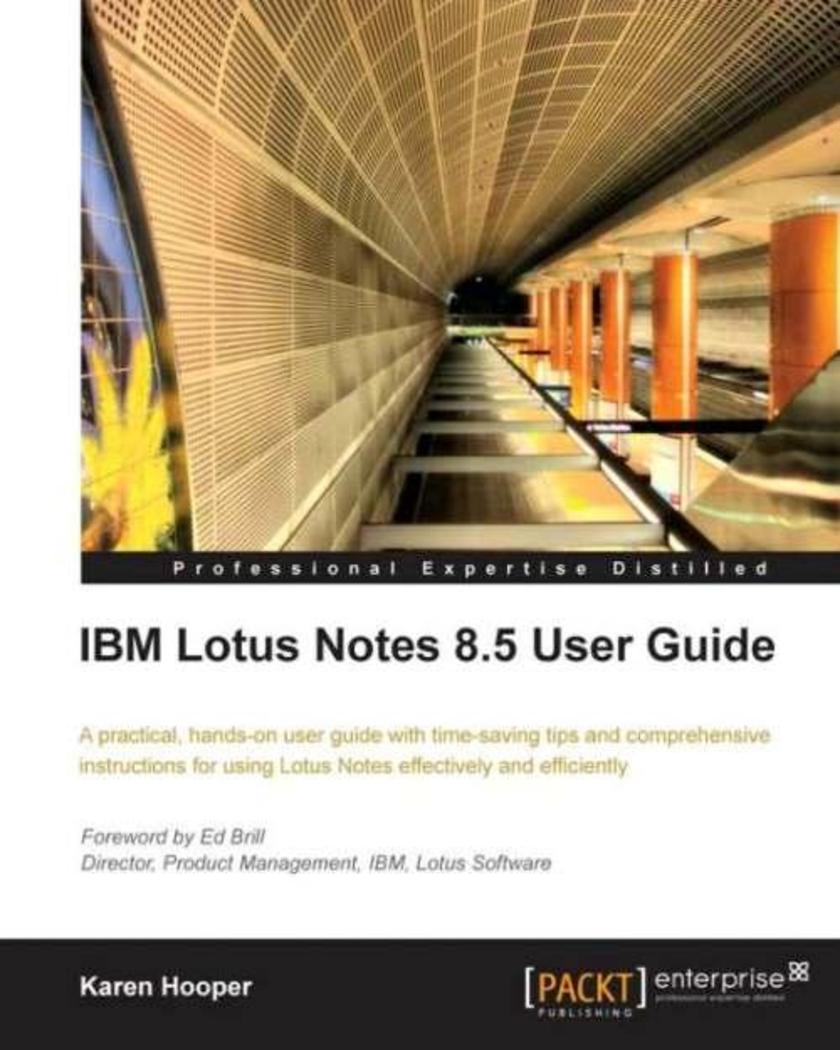
IBM Lotus Notes 8.5 User Guide
¥90.46
A compact Lotus Notes User Guide, this book covers best practices, hints, tips, and tricks of Lotus Notes 8.5. It draws on real-world examples and you will find this book to be an invaluable reference for Lotus Notes. There are significant changes from the earlier versions of Lotus Notes to the current version of 8.5 and this book covers the new features in detail so that you will be able to take advantage of them. However, this book also covers key features from earlier versions, which have stood the test of time. If you are a business user who wants to get the most out of Lotus Notes, then this book is for you. From beginners to seasoned professionals, this book aims to cover the features, best practices, tips, tricks, and tools that enable you to work smarter—almost effortlessly—in Lotus Notes 8.5.
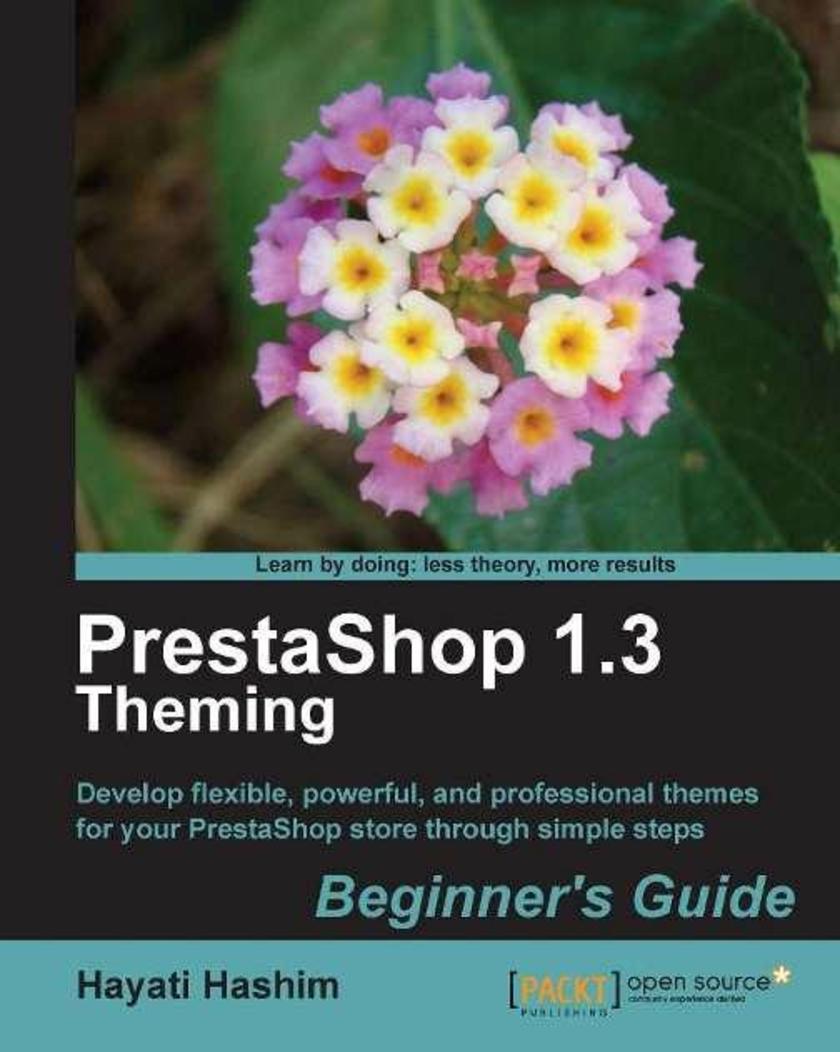
PrestaShop 1.3 Theming – Beginner’s Guide
¥71.93
This book is packed with step-by-step exercises that illustrate how to explore the different ways to create your themes for PrestaShop. Each chapter begins with an explanation of the topic and provides a quick exercise that can be applied to your theme. All topics are discussed using a simple yet practical approach to ensure that concepts are grasped easily. This book is meant for beginners to PrestaShop who want a hassle-free way to come up with their own themes. If you are a designer who enjoys creative work but does not want to spend too much time exploring the code, this book is for you. This book is also useful for those "layman" online store owners, who want to do their own modifications for their PrestaShop store.

Microsoft Silverlight 4 and SharePoint 2010 Integration
¥99.18
This is a practical book with step-by-step guidelines to integrate Silverlight 4 applications in a SharePoint 2010 Server environment. This book focuses on the integration of the two technologies and is not a primer for any of the individual technologies. It offers clear examples to successfully perform the most important integration tasks. If you are an application developer who wants to implement Silverlight 4 applications within a SharePoint 2010 environment, this book is for you. We assume that the reader has prior knowledge of Silverlight and SharePoint 2010 and this book focuses more on the integration of Silverlight with SharePoint 2010.




 购物车
购物车 个人中心
个人中心



